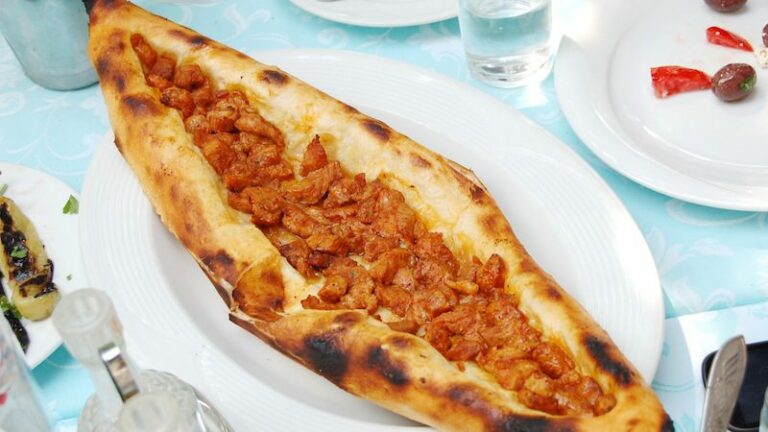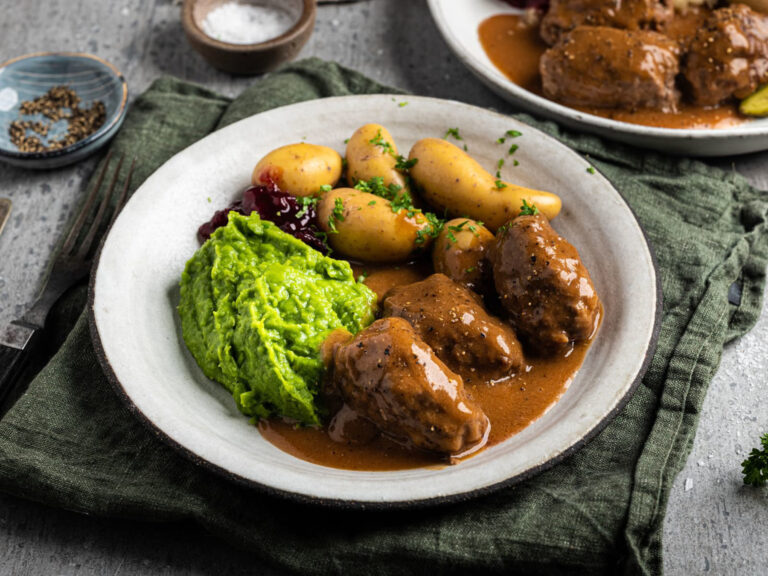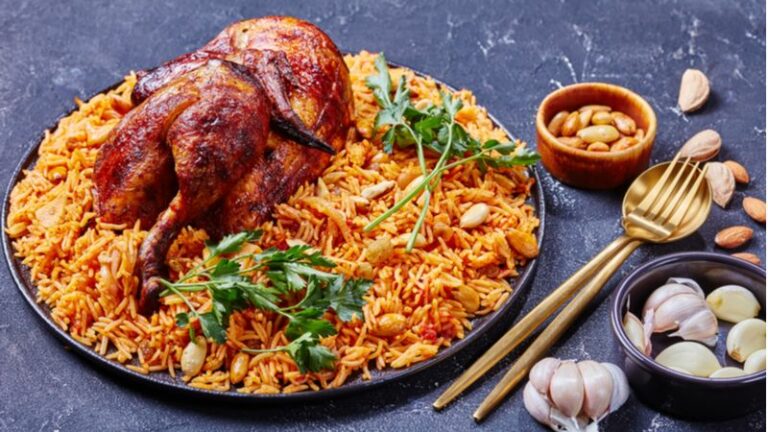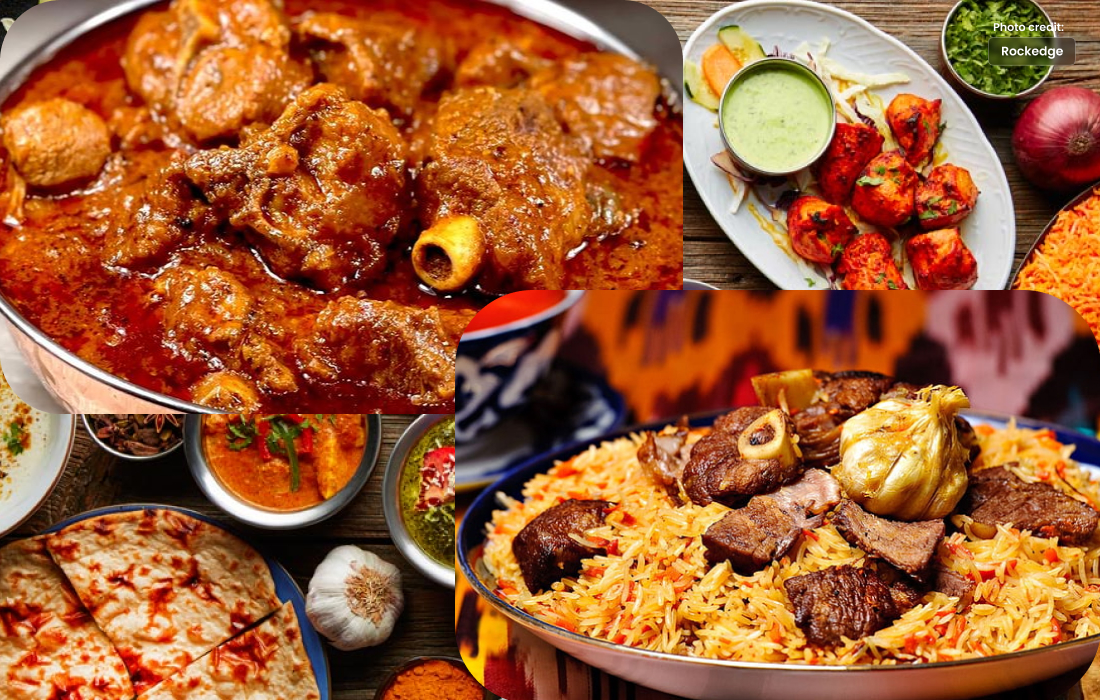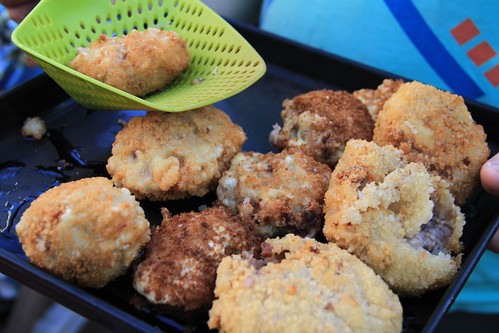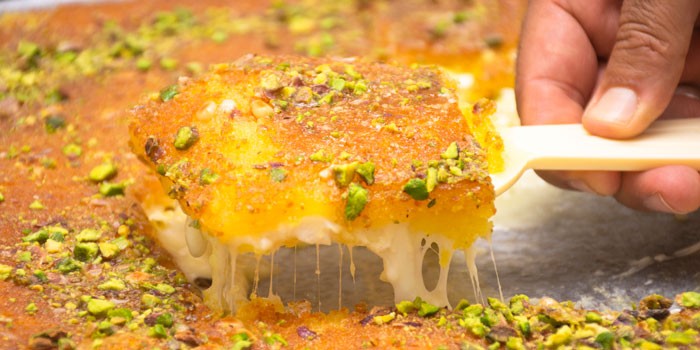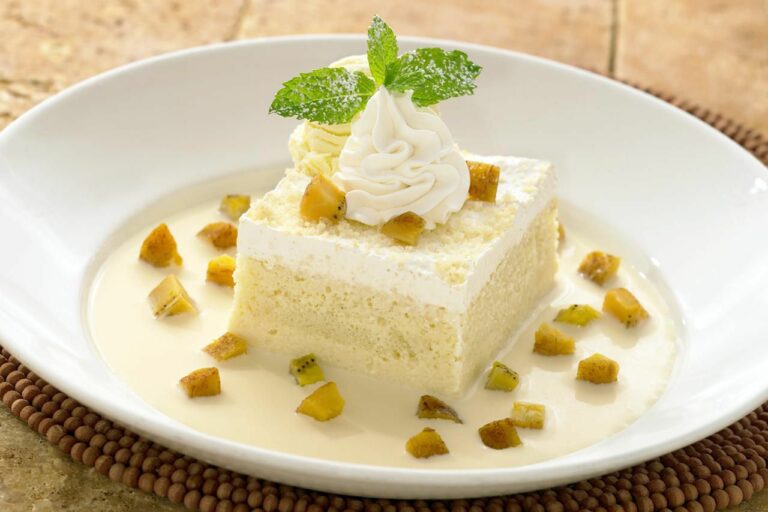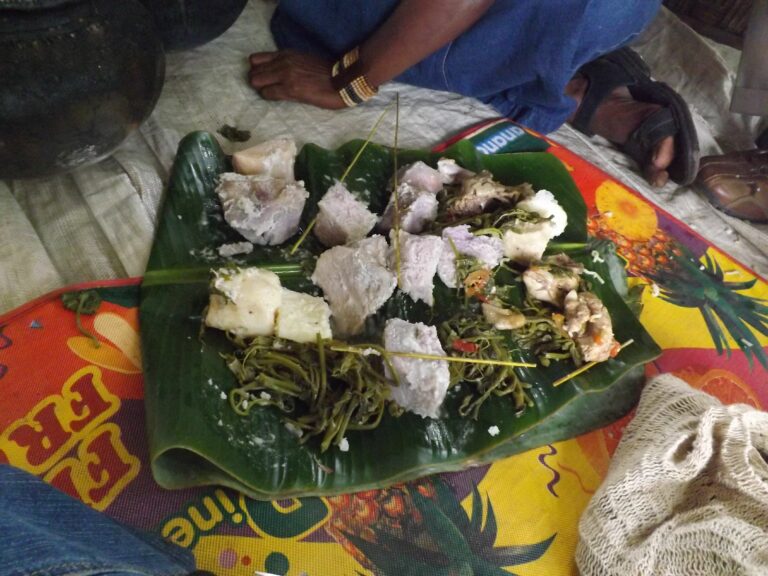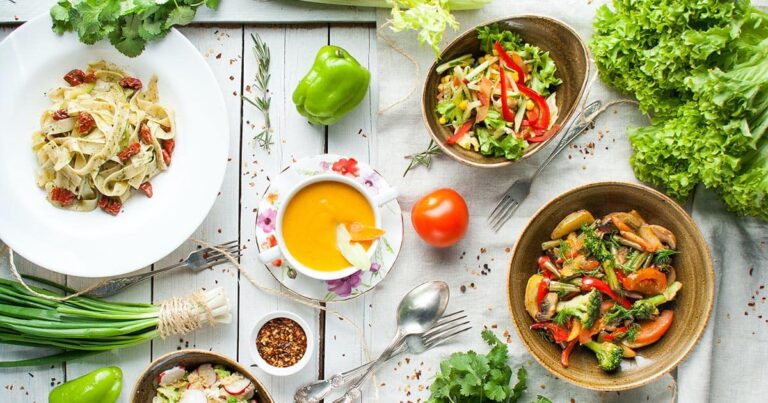Introduction: North Macedonian cuisine and dietary restrictions
North Macedonian cuisine is a fusion of Balkan, Mediterranean, and Middle Eastern influences, resulting in a diverse and flavorful array of dishes. However, for those with dietary restrictions, it can be challenging to navigate the cuisine. Whether you are vegetarian, gluten-free, or dairy-free, there are still many delicious options to try in North Macedonian cuisine. In this article, we will explore some of these options.
Vegetarian dishes in North Macedonian cuisine
Vegetarianism is becoming more prevalent in North Macedonia, and thus, there are many dishes available for those who follow a vegetarian diet. One popular vegetarian dish is Ajvar, a roasted red pepper and eggplant spread that is served as an appetizer or side dish. Tavče Gravče is another vegetarian option, consisting of beans cooked with onion, tomato, and spices. Additionally, stuffed peppers and tomatoes, known as Polneti Piperki or Polneti Domati, are a classic vegetarian dish.
Gluten-free options in North Macedonian cuisine
Gluten-free options are also available in North Macedonian cuisine. Tarator is a popular cold soup made with cucumber, yogurt, and nuts that is gluten-free. Grilled meat dishes, such as Kebapi or Pljeskavica, can be served without bread or in a lettuce wrap for a gluten-free option. Additionally, traditional dishes like Tavče Gravče and Selsko Meso, a hearty meat and vegetable stew, are also gluten-free.
Dairy-free dishes in North Macedonian cuisine
For those who are lactose intolerant or follow a dairy-free diet, North Macedonian cuisine has many options. Veggie-heavy dishes like Pindzur, a roasted pepper and tomato spread, and Turli Tava, a vegetable stew, are both dairy-free. Grilled meat dishes, like Kebapi or Pljeskavica, can also be served without cheese or yogurt. Additionally, many salads and side dishes are dairy-free, such as Shopska Salata, a refreshing salad of cucumbers, tomatoes, onions, and peppers.
Traditional North Macedonian dishes suitable for dietary restrictions
Many traditional North Macedonian dishes can be modified to accommodate dietary restrictions. For example, Tavče Gravče can be made without meat, or with gluten-free beans. Similarly, Sarma, a dish of stuffed cabbage leaves, can be made vegetarian by using rice and vegetables instead of meat. Traditional desserts like Tulumbi or Baklava can also be made gluten-free by using alternative flours.
Conclusion: Enjoying North Macedonian cuisine while accommodating dietary needs
While it may seem challenging to navigate North Macedonian cuisine with dietary restrictions, there are many delicious options available. From vegetarian Ajvar to gluten-free grilled meats, and dairy-free salads, there is something for everyone. By exploring traditional dishes and modifying them to accommodate dietary needs, it is possible to enjoy North Macedonian cuisine while still adhering to dietary restrictions.

